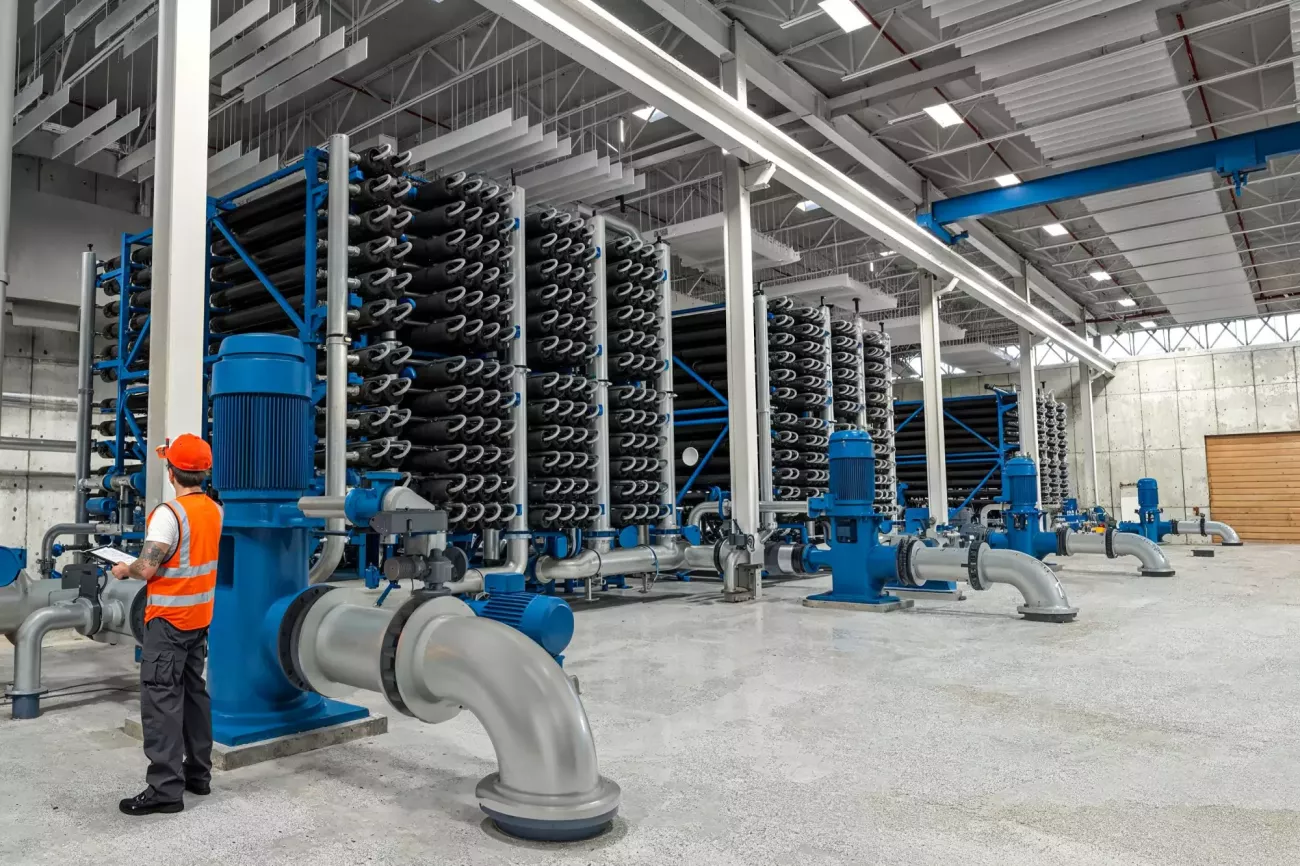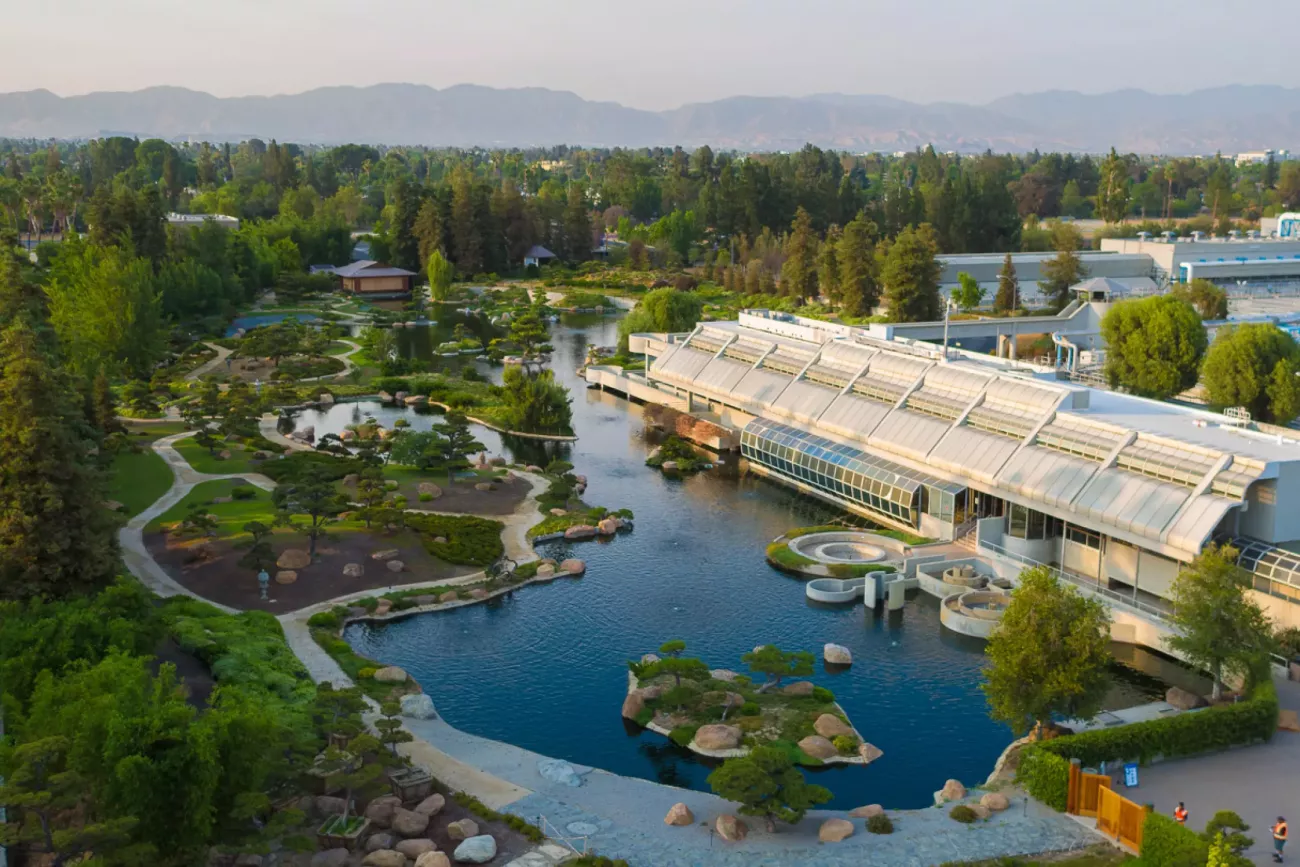A researcher at the Environmental Change Institute (ECI) specialising in global infrastructure resilience to climate hazards has led a team of scientists evaluating Los Angeles’ plans to invest billions of dollars in wastewater recycling infrastructure.
Nicholas Chow, a DPhil student with the Oxford Programme for Sustainable Infrastructure Systems, OPSIS, at the ECI, began his research at the Luskin Center for Innovation at the University of California, Los Angeles (UCLA) five years ago.
In a new report the team has concluded that the plans for America’s second-largest city would make Los Angeles more resilient and self-reliant during droughts or disasters that cut off outside water supplies.
Nicholas said: “Supporting wastewater recycling infrastructure at scale now would be a strategic investment to address immediate water supply challenges and offers long-term economic and water security benefits.”
Nicholas, who was lead author of the report, is a water engineering and policy expert pursuing his Ph.D. on global infrastructure resilience to climate hazards. While encompassing other infrastructure sectors like energy, transport, and communication, his work at the University of Oxford focuses on water system strategy, governance, policy, and regulation.

A digital rendering of the planned advanced water purification facility at Los Angeles’ Donald C. Tillman Water Reclamation Plant in Van Nuys.
Prior to his studies at the ECI, Nicholas worked as a water engineering project manager for the UCLA Luskin Center for Innovation on the interaction between water and energy systems and facets of the Human Right to Water. Nicholas says he strives to build on the OneWater principles of developing healthier and more sustainable water management practices—environmentally, economically and socially.
LA’s goal is to recycle all wastewater by 2035, and it plans to break ground on a facility in the San Fernando Valley that will turn wastewater into purified drinking water.
Using a new methodology to evaluate hundreds of thousands of scenarios, the research team, led by the Luskin Center for Innovation, found that the Los Angeles city plan would significantly boost local water resilience, minimise risks of aging infrastructure and uncertain water imports, and dramatically reduce drought- and earthquake-driven water shortages. Other cities dependent on imported water, such as Phoenix and Las Vegas, could use the new methodology to shape their own water solutions.

An aerial view of Los Angeles’ Donald C. Tillman Water Reclamation Plant.
Los Angeles’ wastewater (used water) treatment plan, Pure Water Los Angeles, would create a renewable local water source of more than 250,000 acre-feet of clean drinking water, enough for more than half a million households annually. To support the city’s goal to recycle all wastewater by 2035, the Los Angeles Department of Water and Power committed to invest at least $6 billion in the infrastructure project, previously called Operation Next (OpNEXT). Supporting local water supply transitions is needed not just in Los Angeles, but also in other densely populated urban areas around the world.
Gregory Pierce, research director of UCLA LCI, said: “Because climate uncertainty will be the largest driver of the city’s water shortage, the city must adapt by developing more local, reliable supplies. Operation Next is by far the biggest opportunity the city has to do so.”
Read more on the report led by UCLA LCI.

